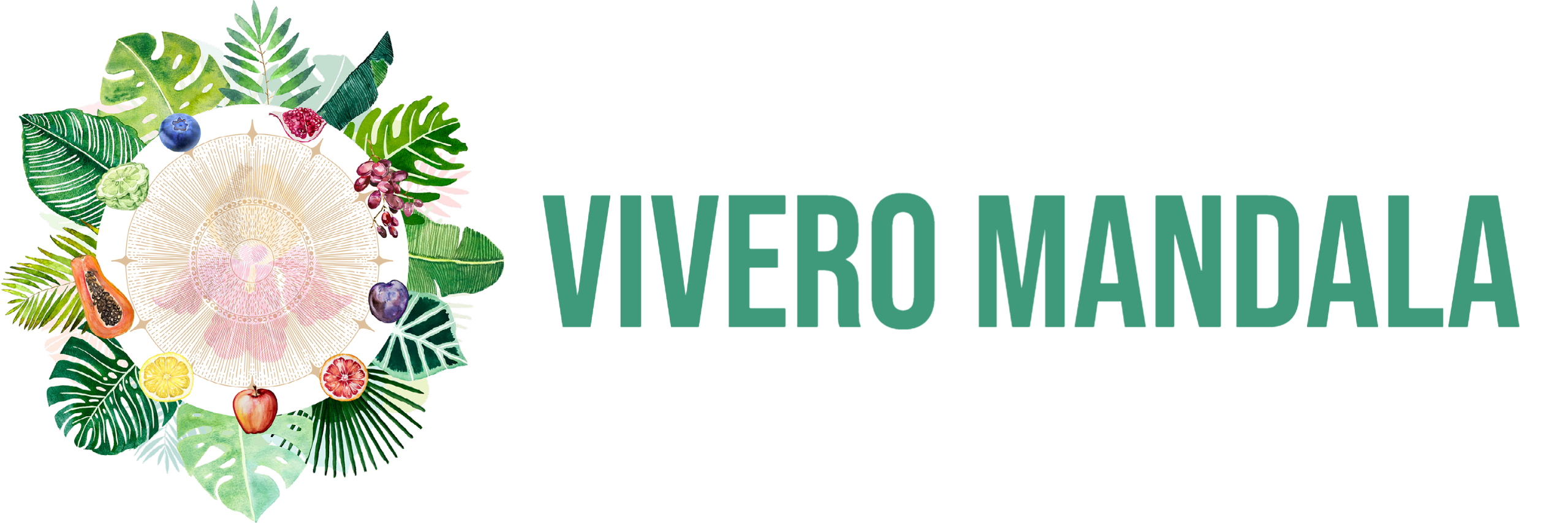<p>Information about banana varieties:</p>
Blaue Banane:
– Die Blaue Banane, auch bekannt als Blue Java Banane, ist für ihre auffällige, blaugrüne Schale bekannt, die sich bei Reife gelb färbt.
– Das Fruchtfleisch ist cremig und weiß mit einem süßen, vanilleähnlichen Geschmack, der oft mit Eiscreme verglichen wird.
– Diese Sorte wird häufig roh gegessen, in Smoothies verwendet oder zu Desserts verarbeitet, dank ihrer einzigartigen Textur und ihres Geschmacks.
Betende Hände:
– Die Betende Hände Banane ist für ihre ungewöhnliche Fruchtform bekannt, bei der die Bananen eng zusammenstehen und einer betenden Hand ähneln.
– Die Früchte sind klein bis mittelgroß und haben eine süße, cremige Textur.
– Diese Sorte eignet sich hervorragend für den rohen Verzehr sowie für Desserts und Bananenchips.
Kochbanane:
– Die Kochbanane, auch bekannt als Plantain, ist größer und stärkehaltiger als die typische Dessertbanane.
– Sie hat eine dicke, grüne bis schwarze Schale und wird oft gekocht, gebraten oder gebacken verwendet.
– Der Geschmack variiert von leicht süß bis herzhaft, je nach Reifegrad, und sie ist ein Grundnahrungsmittel in vielen tropischen Ländern.
Ladyfingerbanane:
– Die Ladyfingerbanane ist eine kleine, schlanke Banane mit einer glatten, dünnen Schale.
– Das Fruchtfleisch ist besonders süß und cremig, mit einem milden Bananengeschmack.
– Diese Sorte wird häufig roh gegessen und ist ideal für Snacks, Obstsalate und Desserts.
Rote Banane:
– Rote Bananen haben eine rot-violette Schale und ein cremig-weißes bis rosafarbenes Fruchtfleisch.
– Sie sind süßer und weicher als die herkömmlichen gelben Bananen und haben einen leichten Himbeer- oder Mangogeschmack.
– Rote Bananen werden oft roh gegessen, in Smoothies gemischt oder zu Desserts verarbeitet.
Schwarze Tanee:
– Die Schwarze Tanee Banane ist eine Kochbananensorte mit einer dunkelvioletten bis schwarzen Schale.
– Das Fruchtfleisch ist fest und stärkehaltig, ideal zum Kochen, Braten und Backen.
– Diese Sorte wird oft in herzhaften Gerichten und Snacks verwendet, besonders in der karibischen und afrikanischen Küche.
Tausend Finger:
– Die Tausend Finger Banane ist bekannt für ihre langen Trauben kleiner, fingerartiger Früchte, die in einer Kette wachsen.
– Die Früchte sind klein, süß und haben eine glatte, dünne Schale.
– Diese Sorte eignet sich gut für den frischen Verzehr, für Obstsalate und als dekorativer Snack.
Zwerg-Essbanane:
– Die Zwerg-Essbanane ist eine kompakte Banane, die auf kleineren Bananenstauden wächst.
– Die Früchte sind klein, süß und haben eine glatte, gelbe Schale.
– Diese Sorte ist perfekt für den rohen Verzehr und ideal für kleine Snacks und Kinder.
Zweifarbige Banane:
– Die Zweifarbige Banane hat eine einzigartige Schale, die aus gelben und grünen Streifen besteht.
– Das Fruchtfleisch ist süß und hat eine cremige Textur, ähnlich der herkömmlichen Dessertbanane.
– Diese Sorte wird oft roh gegessen, in Obstsalaten verwendet oder zu dekorativen Zwecken eingesetzt.
Origin The banana, botanically known as Musa, is one of the oldest cultivated crops and originates from the tropical regions of Southeast Asia. Today, bananas are grown in many tropical and subtropical countries around the world and are one of the most popular fruits. Growth, Appearance, and Characteristics They are herbaceous plants that belong to the largest flowering plants and can reach heights of up to 10 meters. They have a distinctive stem called a pseudostem, composed of densely packed leaf sheaths. The leaves are long, broad, and have an intense green color. The fruits grow in clusters that develop on a hanging inflorescence axis. Cultivation and Care Banana plants require a warm, humid location with plenty of sunlight and well-draining, fertile soil. They are sensitive to frost and require protection from strong winds. Regular watering and fertilization are important to promote healthy growth and good fruit formation. Banana plants can also benefit from the periodic removal of damaged leaves to improve air circulation and reduce the risk of diseases. Taste, Use, and Fruit Bananas have a sweet, creamy taste and are a popular fruit due to their versatility and high nutritional content. They are consumed raw, used in smoothies, desserts, and baked goods, and are an important ingredient in many kitchens worldwide. Bananas are rich in carbohydrates, fiber, vitamins, and minerals, providing a quick source of energy. Harvest Time The harvest time varies depending on the variety and climatic conditions but typically ranges between 60 and 180 days after flowering. The fruits are harvested when they are still green and have reached a sufficient length. They ripen after harvest and turn yellow and sweet. Pollination Most banana varieties produce fruit without the need for pollination by insects or other pollinators. Most commercially grown bananas are what is called parthenocarpy, meaning they can produce fruit without the need for ovules to be fertilized.
Additional information
| Variety | Blue Banana, Praying Hands, Plantain, Lady Finger Banana, Red Banana, Black Tahnee, Thousand Fingers, Dwarf Edible Banana, Bicolor Banana |
|---|---|
| Height | 20cm to 40cm, 40cm to 60cm, 60cm to 80cm, 80cm to 100cm, 100cm to 120cm, 120cm to 140cm, 140cm to 160cm, 160cm to 180cm, 180cm to 200cm, 200cm to 220cm, 220cm to 240cm, 240cm to 260cm, 260cm to 280cm, 280cm to 300cm, ungrafted – 20cm to 40cm, ungrafted – 40cm to 60cm, ungrafted – 60cm to 80cm, ungrafted – 80cm to 100cm, ungrafted – 100cm to 120cm, ungrafted – 120cm to 140cm, ungrafted – 140cm to 160cm, ungrafted – 160cm to 180cm, ungrafted – 180cm to 200cm, ungrafted – 200cm to 220cm, ungrafted – 220cm to 240cm, ungrafted – 240cm to 260cm, ungrafted – 260cm to 280cm, ungrafted – 280cm to 300cm, grafted – 20cm to 40cm, grafted – 40cm to 60cm, grafted – 60cm to 80cm, grafted – 80cm to 100cm, grafted – 100cm to 120cm, grafted – 120cm to 140cm, grafted – 140cm to 160cm, grafted – 160cm to 180cm, grafted – 180cm to 200cm, grafted – 200cm to 220cm, grafted – 220cm to 240cm, grafted – 240cm to 260cm, grafted – 260cm to 280cm, grafted – 280cm to 300cm |
















